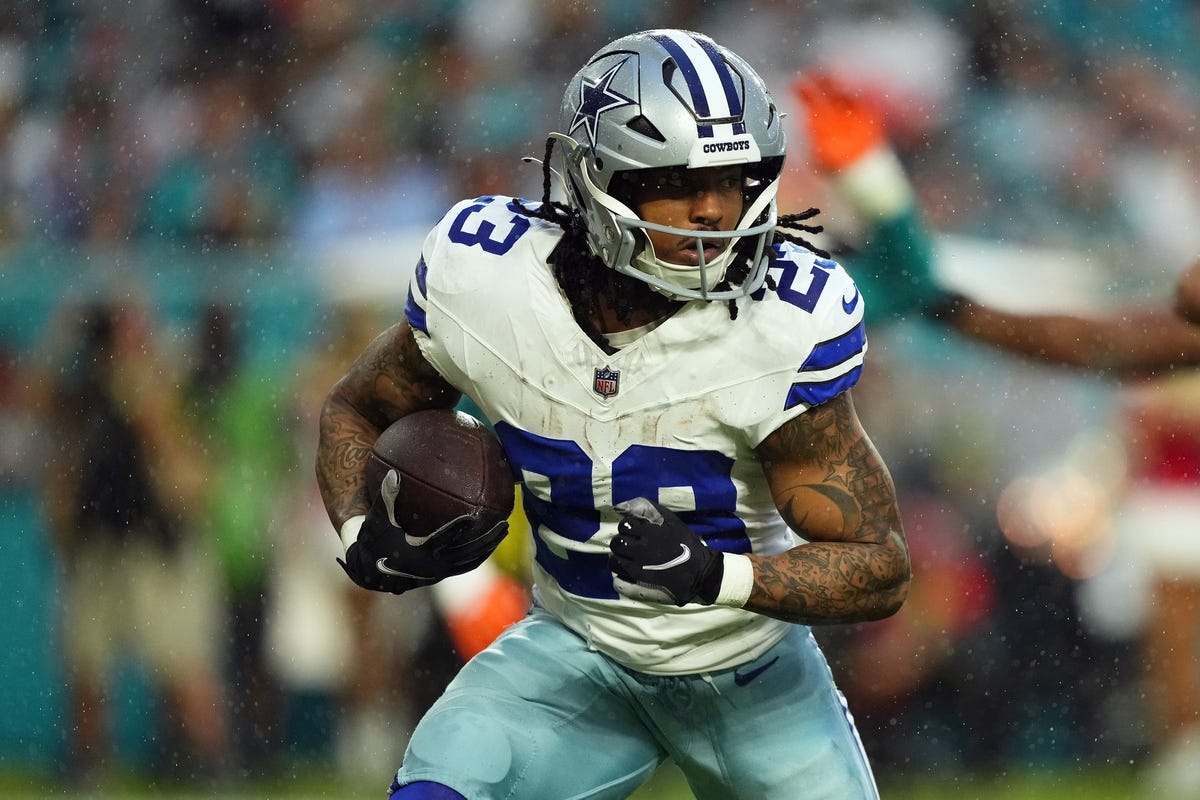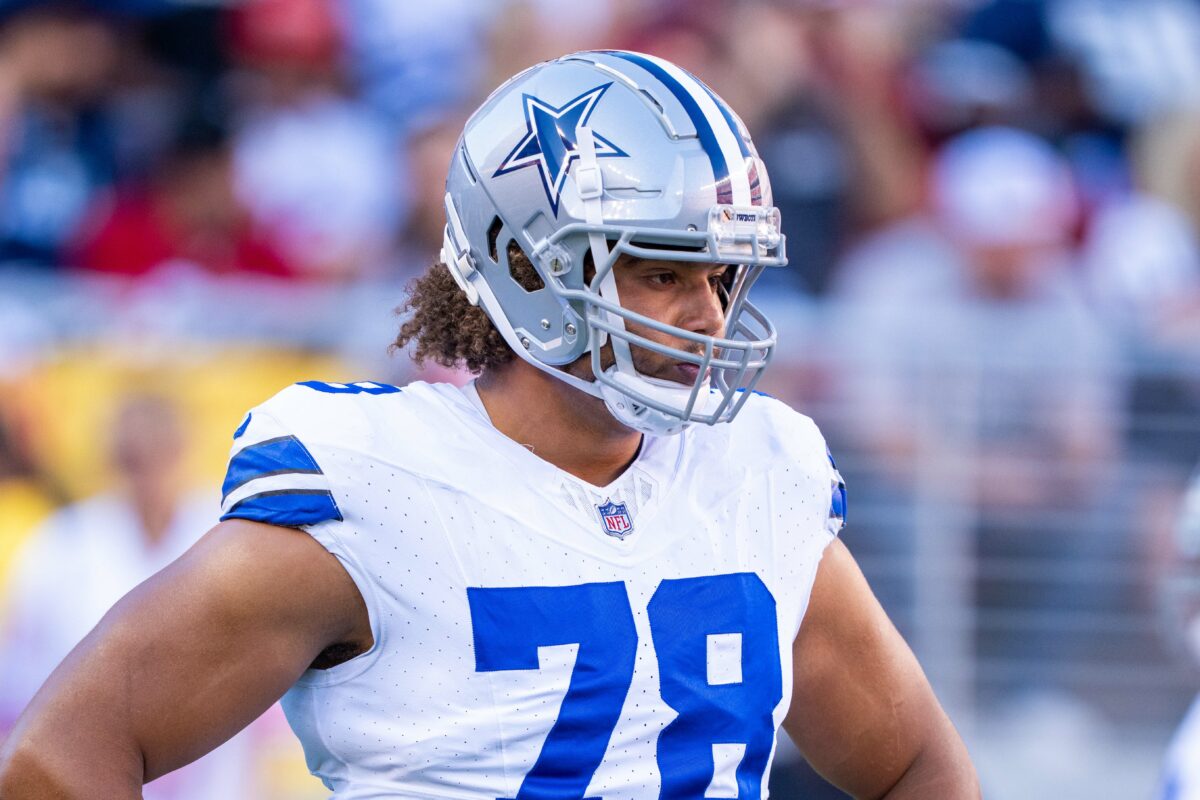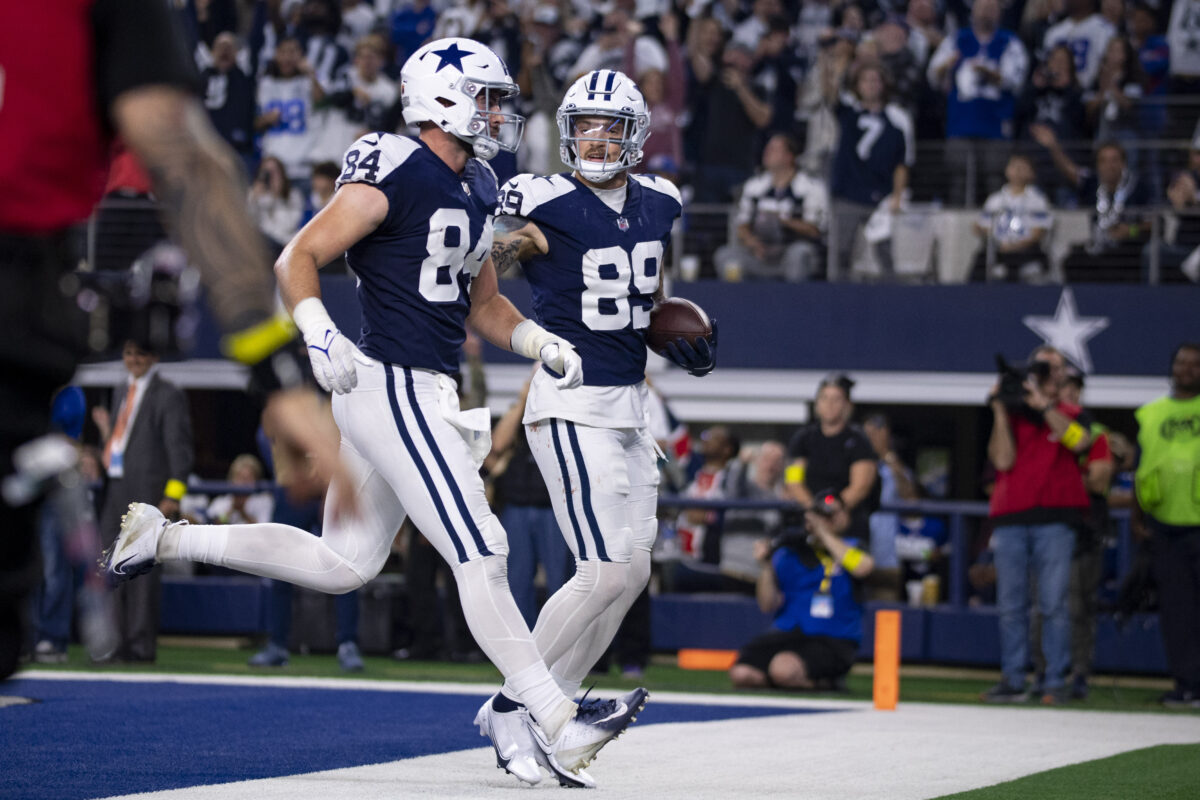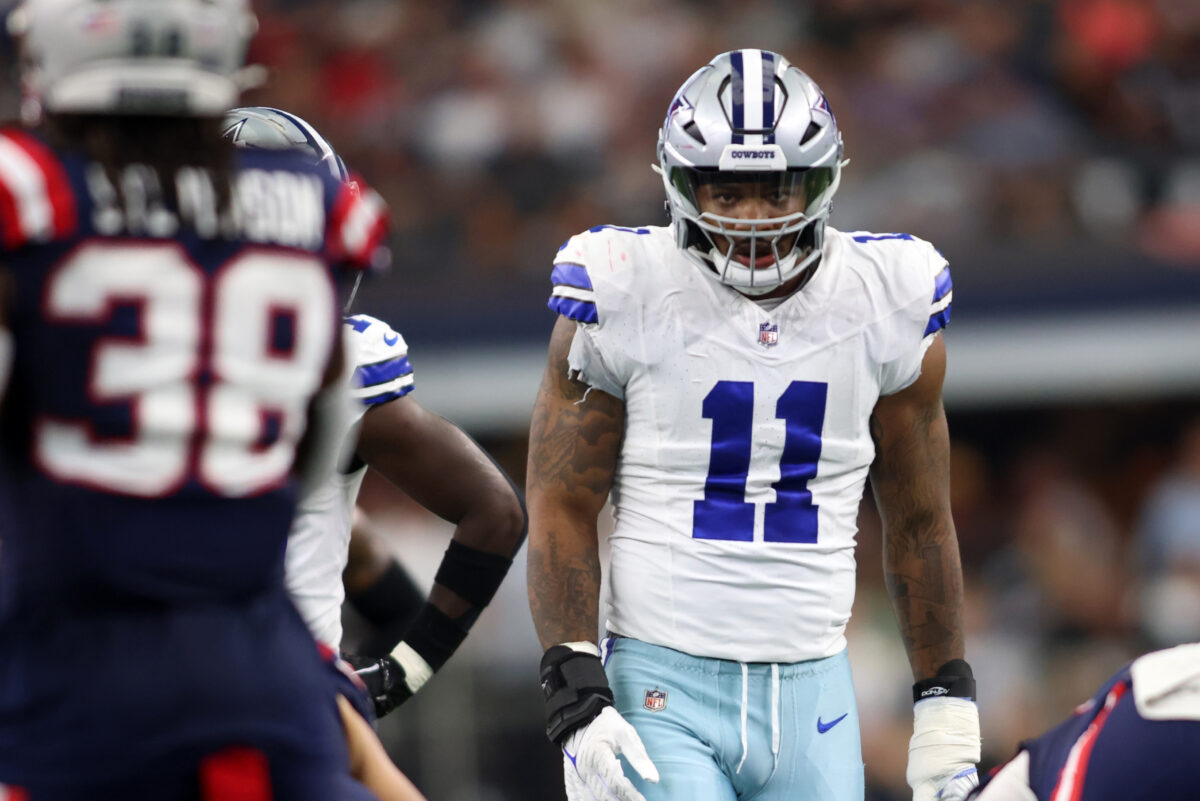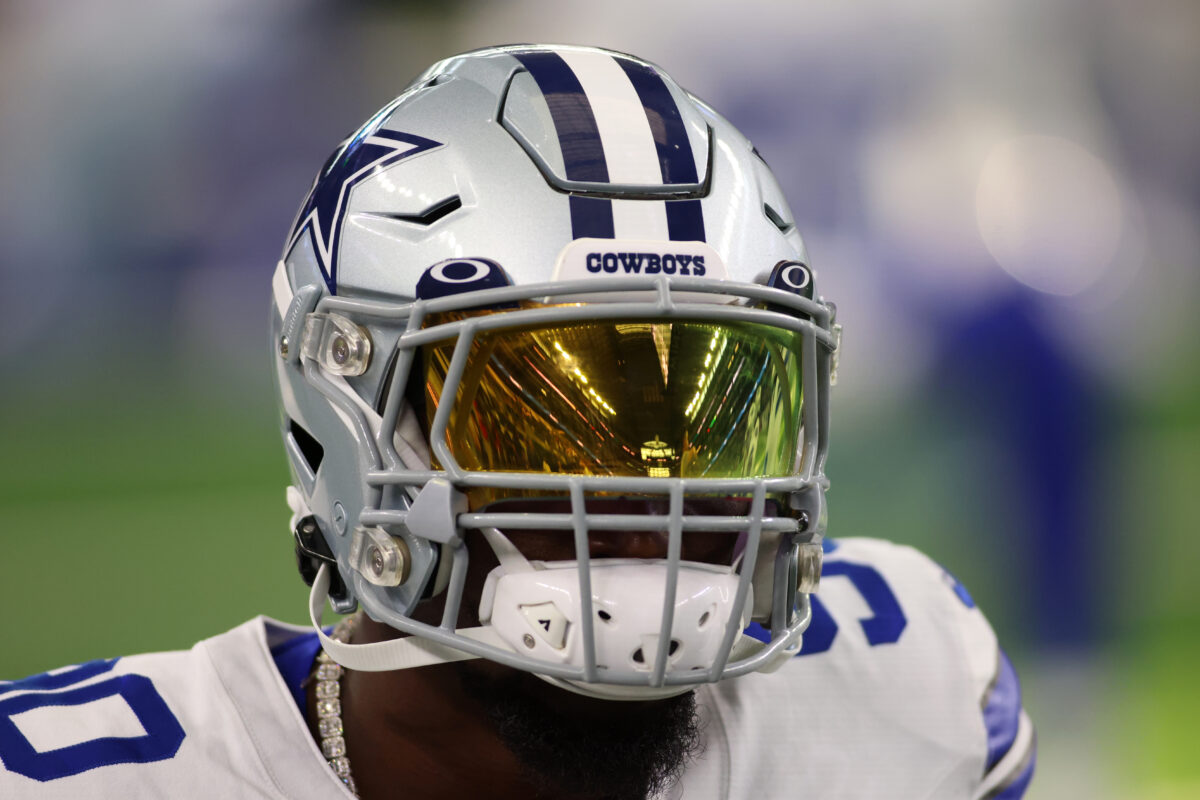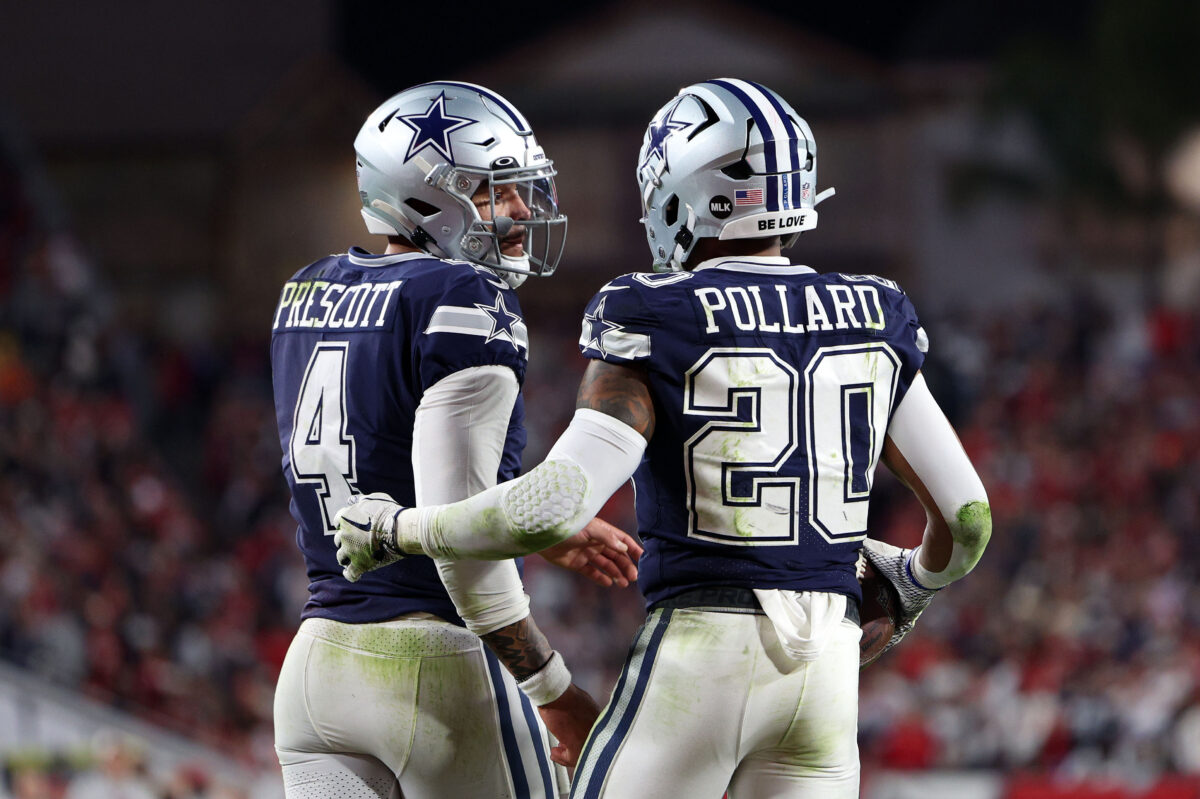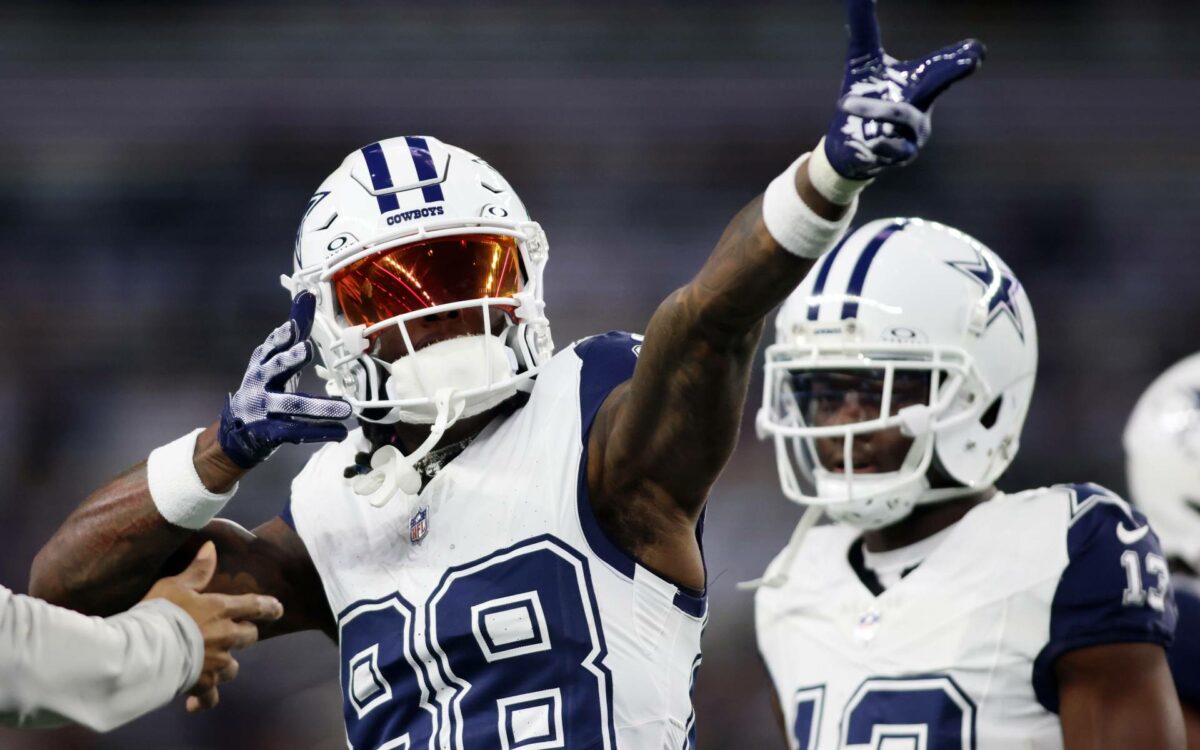The Cowboys are in the market for a RB. Tony Pollard has left the building leaving Rico Dowdle, Deuce Vaughn, Hunter Luepke and Malik Davis to pick up the slack. With only 163 career carries between them, reinforcements are needed in Dallas.
2024 featured one of the best free agent RB classes seen in years, yet the Cowboys, intent on cutting costs, quietly sat out. With top tier, middle tier and even most lower tier options gobbled up, Dallas will likely shift their focus to the 2024 NFL draft to fill their needs at RB1.
Unlike last season, this year’s RB draft class isn’t extraordinarily deep. Good options exist but the pool is somewhat shallow. With a glaring need staring them in the face, the Cowboys can’t afford to miss out. None of their current backs profile as a starter so it’s imperative they find a prospect who’s at the very least capable of splitting a starting load in Year 1.
The temptation to overdraft will be significant for the Cowboys but looking back at where the best RB performers have been drafted could help guide them to more prudent decisions in the draft.
Grading players is no simple task, and this is especially true at the RB position. Yardage totals and yards/carry are often the result of good blocking and not exceptional RB play, so for this exercise PFF grades and rushing yards over expected (RYOE) will be used to determine the top-10 RBs in the NFL today.
It’s interesting to see where the NFL’s top 10 RBs are drafted. Based on RYOE (courtesy of, @ameliaprobst ) the average draft spot is 155.5. Based on PFF’s top-10 the average spot is at 108.2. The lesson: draft RBs on Day 3 pic.twitter.com/OBzBx8B95k
— Reid D Hanson (@ReidDHanson) March 27, 2024
Of the top-10 graded RBs in 2023, only one, Christian McCaffery was drafted in the first round. Five were drafted on the second day (rounds 2-3) three were drafted in the fifth round and one went undrafted altogether. For the sake of argument, the undrafted player will be given a draft slot of 265. With that in mind, the average draft spot of a top-10 RB comes in at 108.2, which would be right at the top of the fourth round.
RYOE has many of the same names as PFF on their leaderboard (which is probably a good sign). While RYOE doesn’t assess receiving skills or pass protection, it speaks directly to a RB’s ability to add value to situations given to him by his offensive line. Player GPS makes this a little more objective than PFF grades so it’s interesting to see the average draft spot of these top-10 come in at 155.5.
Both lists indicate top producing RBs are readily available on Day 3 of the draft and the Cowboys should not feel obligated to use a top-100 pick on a position that offers so much value later in the draft.
[affiliatewidget_smgtolocal]
[lawrence-auto-related count=3]
